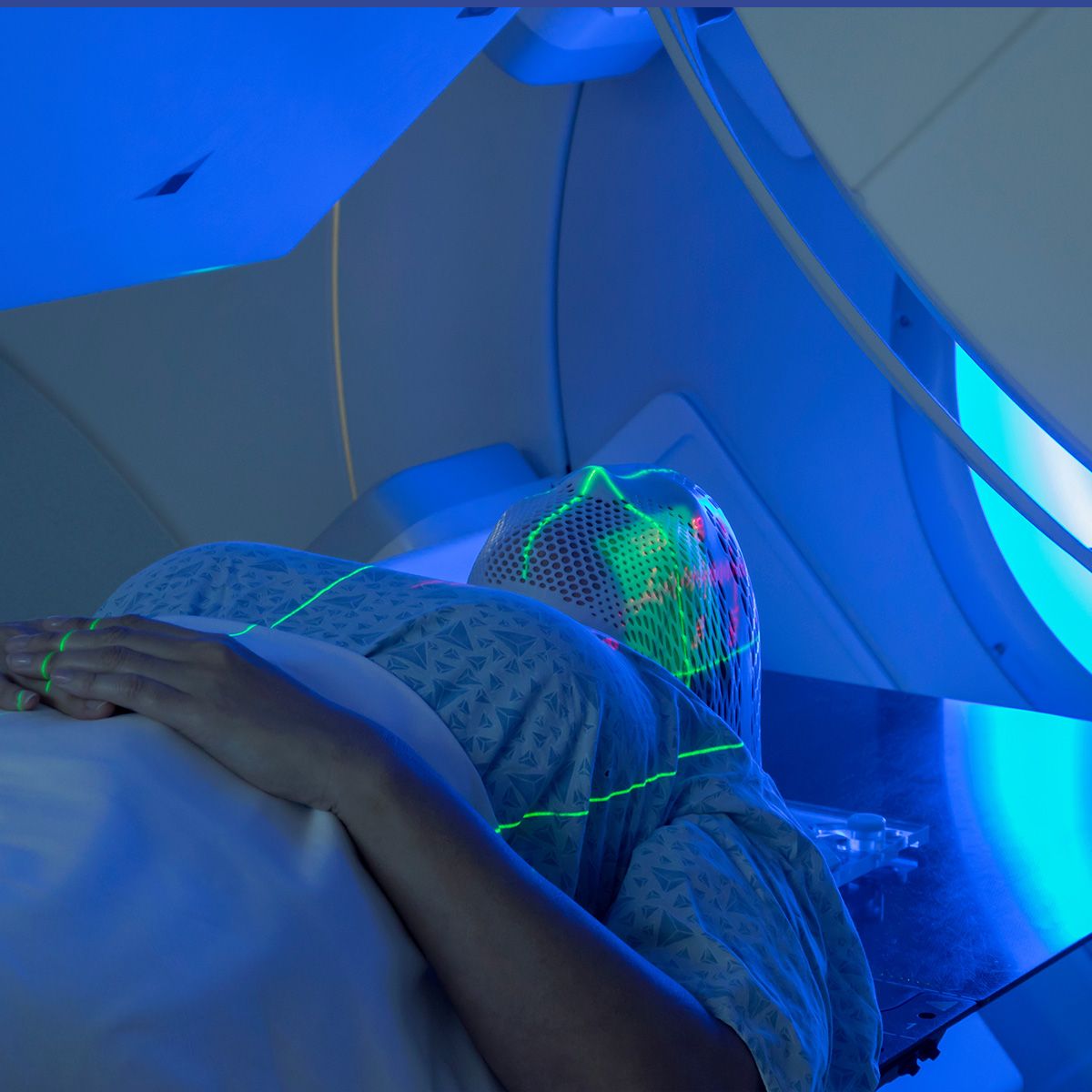
Hematology
Latest News
Latest Videos

Podcasts
CME Content
More News

Oncology nurses can assess patients’ risk factors and advocate for preventive strategies that protect kidney function during cisplatin therapy.
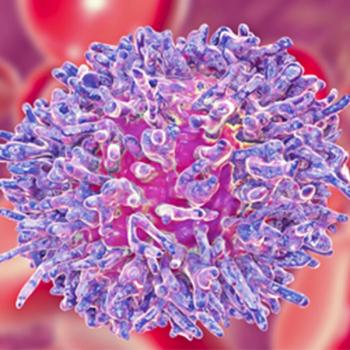
The FDA removed REMS and reduced certain monitoring needs for liso-cel and ide-cel in B-cell malignancies.
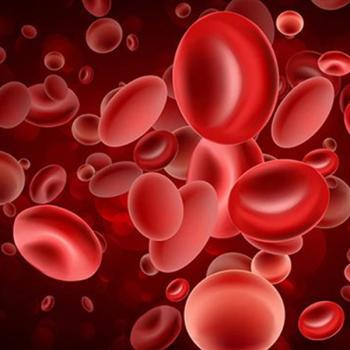
The frontline combination of ibrutinib with venetoclax was associated with complete response and durable remission for older patients with MCL.

Per ODAC and CHMP recommendations, subcutaneous daratumumab may become the first approved treatment for smoldering myeloma. Here’s what nurses should know.
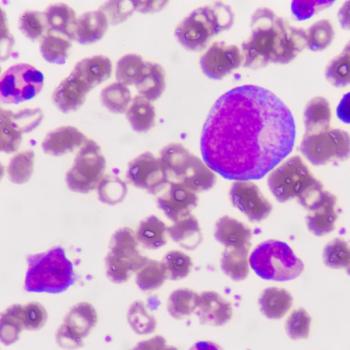
Adding danazol or erythropoiesis-stimulating agents for anemia management to a ruxolitinib regimen for myelofibrosis does not decrease treatment efficacy.
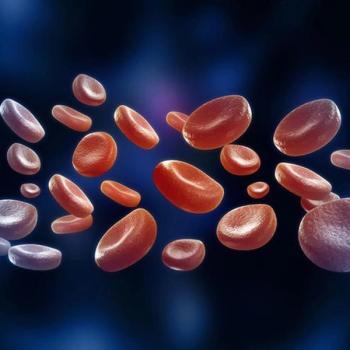
The safety and efficacy of givinostat is being assessed vs hydroxyurea in the phase 3 GIV-IN PV trial.
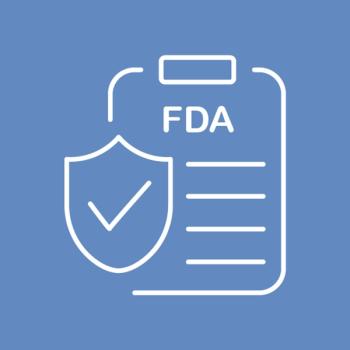
Approvals in oncology during April included treatments for breast cancer, colorectal cancer, and more.

Using tools like the ICE Score could improve consistency in grading neurotoxicity tied to bispecific antibodies in hematologic cancers.
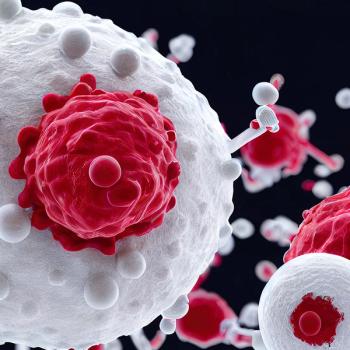
Axi-cel, tisa-cel, and brexu-cel were found comparable to other cellular therapy experiences for patients with B-cell malignancies in real-world data.

Alternating post-HCT care between specialized facilities and local cancer centers produced noninferior non-relapse mortality and similar quality of life to usual care.

Lisocabtagene maraleucel demonstrated a statistically significant overall response rate in adults with relapsed/refractory marginal zone lymphoma.
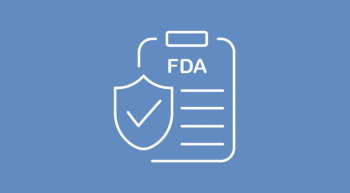
January's FDA oncology approvals offer new treatment options for breast cancer, mantle cell lymphoma, and other malignancies.

The association of CAR T-cell therapies with second primary cancers warrants the development and examination of mitigation strategies for these toxic effects.
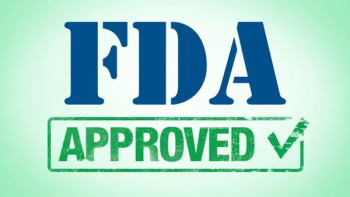
Treosulfan plus fludarabine was approved by the FDA for children and adults with AML or MDS before allogenic hematopoietic stem cell transplantation.

NCCN guidelines now recommend ctDNA testing for MRD assessment for patients with PET-positive DLBCL after treatment.

In patients with RRMM, subcutaneous isatuximab plus Pd resulted in a non-inferior objective response rate (ORR) and comparable pre-dose concentrations at steady state compared to IV isatuximab plus Pd.

Ropeginterferon alfa-2b showed superior efficacy over anagrelide in the SURPASS-ET trial for essential thrombocythemia, with higher durable response rates and greater JAK2 allele burden reduction.

The haplotype is more common in patients achieving a complete hematologic response, indicating its potential as a treatment response biomarker.

Pharmacologic strategies may be able to prevent abnormal uterine bleeding in patients undergoing stem cell transplant.
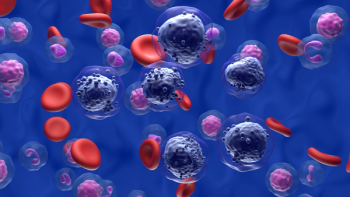
Treatment with venetoclax plus hypomethylating agents yielded improved response rates among adult patients with myelodysplastic syndrome.

With a link to specific genetic mutations in myelodysplastic syndromes, tobacco smoking may be associated with disease progression and survival.

Following a phase 1b trial, the potent and selective dual inhibitor of IRAK1 and IRAK4 received fast track designation for the treatment of patients with lower-risk myelodysplastic syndrome.

An expert discusses the FDA approval of obecabtagene autoleucel—the only CAR T-cell therapy given via split dosing for patients with ALL.

Anitocabtagene autoleucel may be a promising CAR-T cell therapy option for patients with relapsed/refractory myeloma.

Brexu-cel is effective in treating patients with relapsed/refractory B-cell acute lymphoblastic leukemia, real-world data shows.

